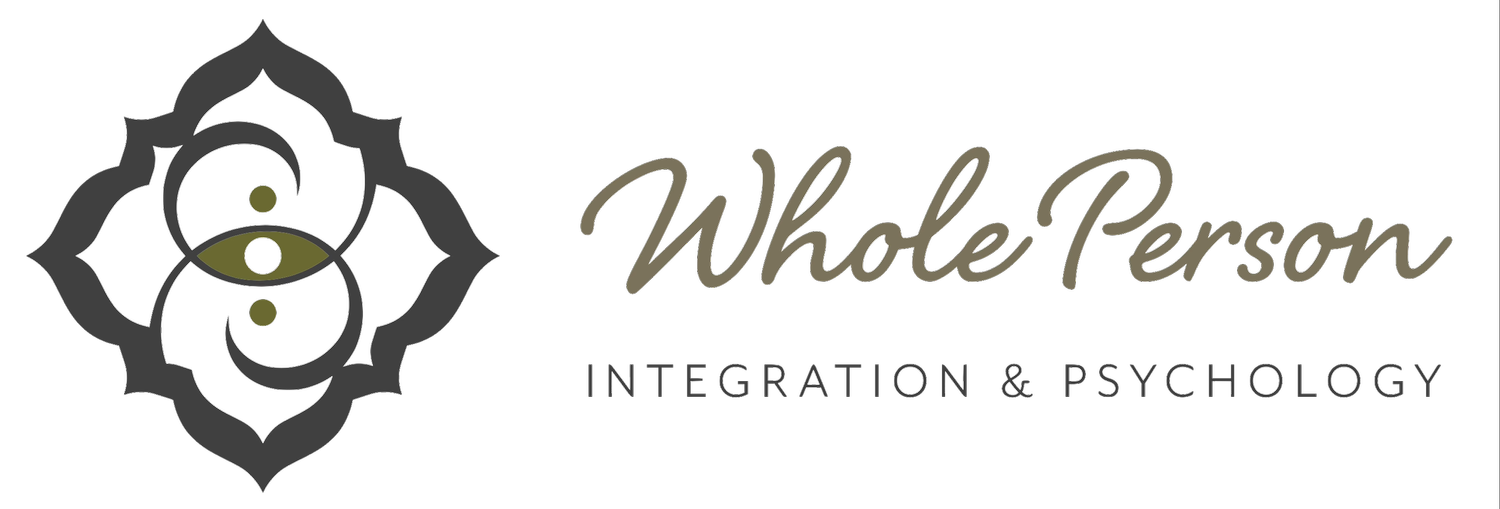From Ecstasy to Enstasy: Psychedelic Integration for Inner Freedom
by Dr. Denise Renye
Mircea Eliade, the historian of religions, drew a powerful distinction between ecstasy and enstasy, two different ways of relating to the sacred, to transcendence, and to the self.
Ecstasy is what most of us are familiar with. It is a sense of being swept away, of losing oneself in an experience that feels bigger than us. It is about stepping outside the boundaries of who we think we are: think of the dancer in a trance, the mystic in rapture, the psychedelic traveler seeking union with something beyond.
Enstasy, on the other hand, is about going inward. It is a quiet turning toward the self rather than away from it. Instead of leaving the body or losing ourselves, we drop into the body, into the center of our being. It is about finding stillness within movement, presence within breath, and the sacred right here in the messiness of life.
In my work as a psychologist and sex therapist, I see this tension all the time. So many people chase ecstasy — in relationships, in sex, in spiritual practices — hoping to escape pain, boredom, or the limits of mortality. And sometimes those moments of ecstasy can be beautiful and transformative. But they can also be addictive, leaving us fragmented and disconnected from ourselves.
Enstasy, by contrast, does not ask us to leave. It invites us to arrive. To land in the body. To trust that the ground of our being is enough. This is where we find a different kind of immortality, not the promise of living forever, but a sense of touching what is timeless within us.
Freedom, too, takes on a new meaning in this context. Ecstasy often feels like freedom because it is about breaking through boundaries, but it can also be a kind of escape. Enstasy offers freedom through integration. It is about finding a deeper belonging to yourself, to your life, and even to the parts of yourself you would rather not see.
This idea of enstasy is especially relevant in the context of psychedelic integration. Psychedelic experiences often catapult us into states of ecstasy, expansive, awe-inspiring, and sometimes overwhelming. But the true work begins afterward, in the integration process, where we are called to bring those insights back into the body, the self, and the fabric of our daily lives. Enstasy invites us to ground our experiences, to embody the lessons we have received, and to find a sustainable relationship with the wisdom that emerges.
It is important to acknowledge that the practice of turning inward to find the sacred is not exclusive to any one tradition. Many Indigenous cultures have long understood the importance of grounding visionary experiences in daily life, practices that carry profound cultural meaning and protocols that deserve respect. For example, in some Plains traditions, vision quests involve solitude, fasting, and prayer in nature, not only to seek guidance but to return with that wisdom fully integrated into the community and the land. In Amazonian plant medicine practices, dieta teaches participants to build a relationship with the plants, with the land, and with themselves, an inner journey as much as an outer one. These practices remind us that true freedom and belonging come from deepening our relationship with ourselves, our communities, and the earth.
While I draw on Eliade’s language of enstasy, I also recognize that many cultures hold their own understandings of the inward journey, each with unique and profound ways of connecting with the sacred within. It is vital to honor these traditions, approach them with humility, and avoid appropriating them.
In my own doctoral research on Spontaneous Embodied Spiritual Experiences, I explored enstasy through the lens of body movement, stillness, and the ways in which people engaged in practices that allowed them to open themselves to transformative experiences. I found that those who cultivated the capacity (which, arguably, everyone has) to turn inward reported a more integrated sense of self and a more meaningful lived experience. This work reinforced for me that enstasy is not just an abstract idea; it is a powerful, embodied practice that can support us in feeling truly alive.
Where in your own life do you find yourself chasing ecstasy, seeking to be outside yourself? And where might you practice enstasy, turning toward yourself with compassion, presence, and a sense of belonging? Sometimes the most profound transcendence is right here in the heart of being.
If you are exploring psychedelics as part of your healing journey and want support weaving those experiences into your life in a meaningful way, I would be honored to work together. Reach out, and let’s begin.

